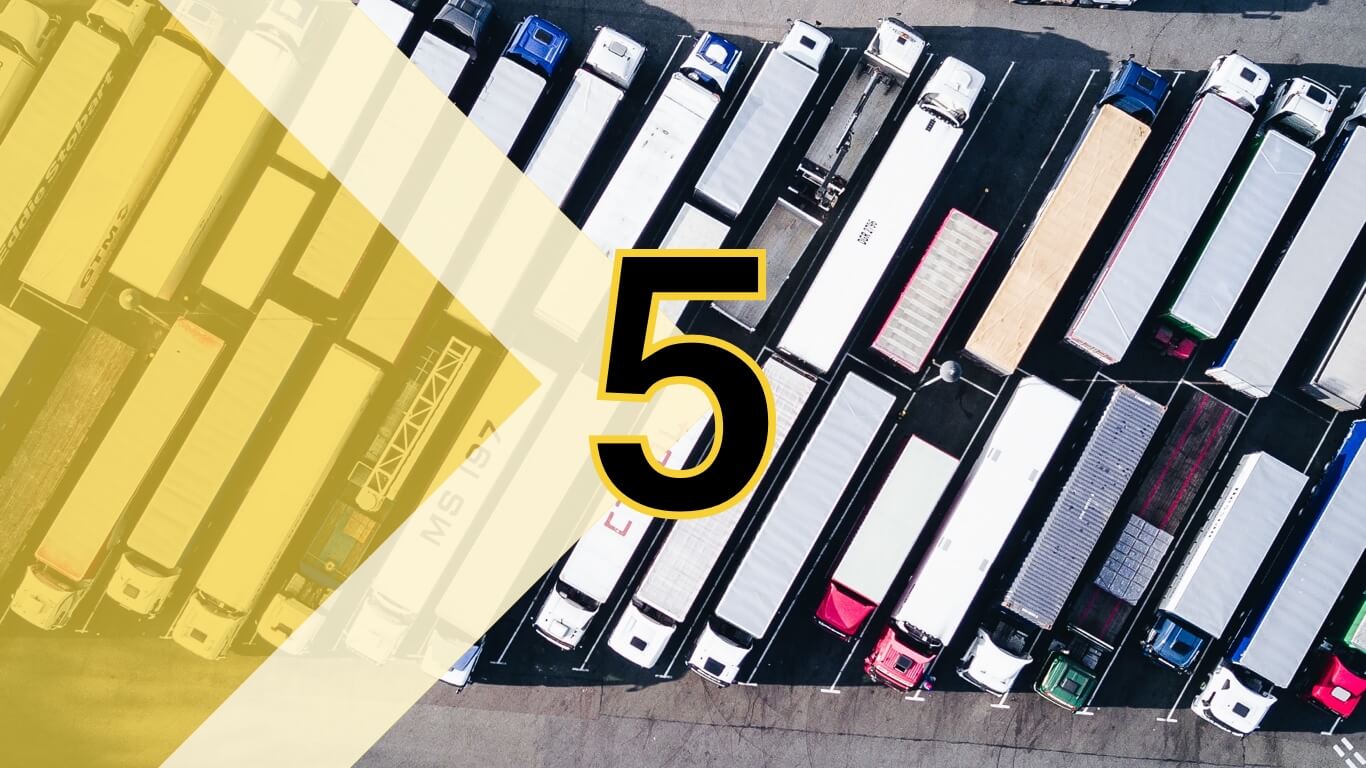Even a single HGV vehicle costs tens of thousands of pounds, and can inflict considerable damage if it manoeuvres incorrectly. Warehouse site management benefits from our five methods of protecting HGV fleets.
There’s a lot of money invested in your fleet of vehicles and your entire business operation could revolve around keeping them on the road and fully operational. Making it commercial common sense to take steps to protect your HGV vehicles when they are moving around your site.
This is true for your own logistics business but also for trucks entering and leaving your warehouse operations that belong to customers or partners. Ensuring safe site procedures will avoid disruption and friction, as well as the inevitable form filling for Health & Safety or insurance claims!
Let’s look in detail at five ways to protect your HGV fleet (and visiting trucks), with easy to achieve site modifications.
1 – PolyWRAP Column Protectors
This can be the easiest and most obvious way to avoid HGV damage and protect the structures across your site. Especially around the warehouse loading bay.
Any large columns which could be clipped or reversed in to should be fitted with reliable and robust protectors. Our variation is a tried and trusted method of ensuring steel columns absorb collisions, using tough recyclable polyethene in vibrant colours (which acts as a deterrent).
The clamshell design creates a stackable solution for impact protection.
If your HGV fleet does make contact, the damage is minimised and you can replace the column protectors quickly and cost-effectively. Used in conjunction with Flexi bollards for warehouse and logistics sites, trucks can move into place smoothly and any manoeuvring issues don’t become a crisis!
2 – HGV Wheel Stops
Prevention is better than a cure when it comes to giving HGVs sensible ways to park up too.
Our moulded wheel stops – with fixing kits – can be quickly installed on concrete and tarmac, to organise parking bays effectively. They are also a sustainable solution for HGV fleet management, as they are engineered from recycled tyres, which is longer lasting than rubber and offers lower maintenance compared to metal alternatives.
3 – Height Restriction Clatter Bars
Hi-vis wheel stops help to keep vehicles organised on-site, but clatter bars can be equally important if your layout offers height restrictions. These can ensure HGVs don’t inadvertently create havoc trying to pass beneath beams or other structures.
The best height restriction clatter bars are designed to be seen instantly, to ward off attempts to fit HGVs through tight spaces. Our high vis version can be customised to your site by colour, chain length and any signage you need, to fit perfectly around your environment, creating effective risk management.
4 – Door Protection Goal Post Systems
Another important method of protecting HGV fleets is to erect easy-to-spot posts in places where there are obstacles your drivers need to be conscious of. The perfect example of this is door protection goal posts, installed either side of warehouse openings – both externally and internally.
Though these too act as a reliable deterrent, if a driver does misjudge the distance then they hit an easy to replace hazard post. That’s far less of a problem than damaging their vehicle and the brick or metalwork at your loading bay or across some other vehicle doorway or gate!
5 – Cranked Dock Wheel Guides
What can you do to smoothly position HGVs at raised level loading docks? Fortunately, our cranked dock wheel guides are the answer. Even better news, they have been designed and manufactured to protect HGV wheel trims.
Put simply, the carefully crafted guides are hot-dip galvanized, with a vibrant yellow nose cone, designed to be strong but protective of HGV wheels. Replacing scuffed or displace truck rims can become expensive and troublesome, making this innovative approach a cost management advantage.
Smoother running logistics
As shown, fitting any of those five ways to protect HGV vehicles can save you a lot of hassle and potentially avoid bills for replacing and repairing damaged trucks and structures.
Just as importantly, they have all been created for effective warehouse management, enabling drivers to move around your site confidently and smoothly, improving productivity and load and unload times.
What you might call a ‘lorry load’ of business benefits for sites where HGVs operate!
